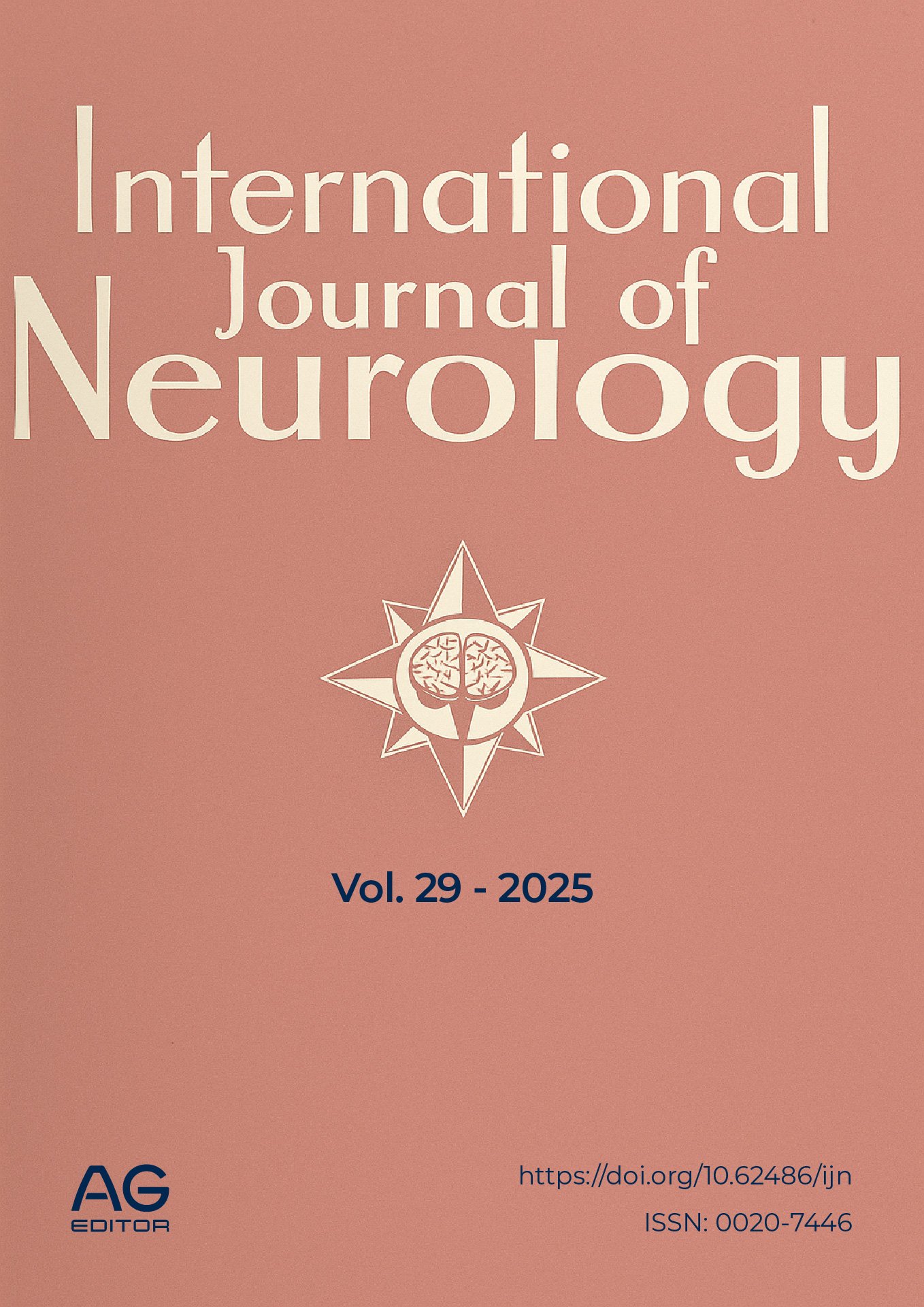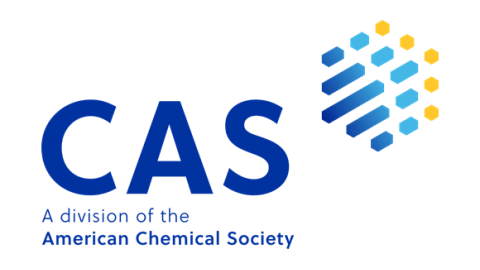Parkinson's disease and sleep: from biomarkers to clinical stratification
DOI:
https://doi.org/10.62486/ijn2025237Keywords:
Parkinson's disease, sleep disorders, TCSR, biomarkers, neuroinflammationAbstract
Introduction: The study described Parkinson's disease (PD) as a multisystemic neurodegenerative process whose diagnosis had shifted from a clinical approach to one supported by biomarkers and imaging. It noted that nigrostriatal dopaminergic degeneration, α-synuclein aggregation and propagation, and neuroinflammation explained the TRAP motor phenotype and a broad spectrum of non-motor symptoms. It emphasized that sleep disorders (SD), especially REM sleep behavior disorder (RSBD) and hyposmia, acted as early markers with prodromal relevance.
Development: The study integrated evidence from pathophysiology, diagnosis, and clinical manifestations. It showed that, in the early stages, dopaminergic involvement manifested as an asymmetric striatal pattern (greater damage in the posterior putamen and relative preservation of the caudate). It documented that SDs—insomnia, obstructive sleep apnea, excessive daytime sleepiness, restless legs syndrome, and RSDS—achieved high prevalences and were associated with cognitive impairment, falls, and poorer quality of life. He noted that polysomnography provided objective confirmation of RLS, OSA, and periodic leg movements, while standardized scales facilitated screening and follow-up when resources were limited.
He also highlighted the contribution of psychiatric and autonomic comorbidities (nocturia, bladder dysfunction) and the impact of drugs on sleep architecture.
Conclusions: The study concluded that systematically incorporating the screening for TS and other non-motor symptoms into longitudinal neurological assessment enabled early detection, risk stratification, and individualized treatment. It proposed a multidisciplinary approach combining dopaminergic optimization, specific sleep interventions, management of comorbidities, and caregiver education. Finally, it prioritized the validation of multimodal biomarkers and the exploration of modifying therapies targeting neuroinflammation and proteostasis to intervene earlier and more effectively on the course of PD.
References
1. American Society of Health-System Pharmacists. Protriptyline. In: AHFS Patient Medication Information. 2019. Disponible en: https://medlineplus.gov/druginfo/meds/a604025.html
2. Antonini A, Tinazzi M, Abbruzzese G, Berardelli A, Chaudhuri KR, Defazio G, et al. Pain in Parkinson’s disease: facts and uncertainties. Eur J Neurol. 2018;25(7):917–e69. doi:10.1111/ene.13624
3. Bellosta Diago E, López del Val LJ, Santos Lasaosa S, López García E, Viloria Alebesque A. Relación entre el trastorno de conducta del sueño REM y el trastorno de control de impulsos en pacientes con enfermedad de Parkinson. Neurología. 2017;32(8):494–9. doi:10.1016/j.nrl.2016.02.008
4. Bharucha AE, Pemberton JH, Locke GR. American Gastroenterological Association technical review on constipation. Gastroenterology. 2013;144(1):218–38. doi:10.1053/j.gastro.2012.10.028
5. Chávez-León E, Ontiveros-Uribe M, Carrillo-Ruiz J. La enfermedad de Parkinson: neurología para psiquiatras. Salud Mental. 2013;36(4):315–21. doi:10.17711/sm.0185-3325.2013.038
6. Clavero P, Rodríguez-Oroz MC. Trastornos del sueño en la enfermedad de Parkinson y otros trastornos del movimiento. An Sist Sanit Navar. 2007;30(1):143–53. Disponible en: http://scielo.isciii.es/scielo.php?script=sci_arttext&pid=S1137-66272007000200013
7. Esteve V, Carneiro J, Salazar G, Pou M, Tapia I, Fulquet M, Duarte V, Saurina A, Moreno F, Ramírez de Arellano M. Efectos de la rotigotina sobre la sintomatología, calidad de vida e higiene de sueño en el síndrome de piernas inquietas en hemodiálisis. Nefrología. 2017;37(4):421–7. doi:10.1016/j.nefro.2017.03.023
8. Farfán Alé F, Folgueira A, Luján S, Furnari A, Ponce de León M, Valiensi SM. Trastornos del sueño y depresión en la enfermedad de Parkinson. Vertex Rev Arg Psiquiatr. 2021;32(153):13–20. Disponible en: https://revistavertex.com.ar/ojs/index.php/vertex/article/view/100
9. Fundación Mayo para la Educación y la Investigación Médicas. Enfermedad de Parkinson - síntomas y causas. Mayo Clinic. 2024. Disponible en: https://www.mayoclinic.org/es/diseases-conditions/parkinsons-disease/symptoms-causes/syc-20376055
10. Högl B, Stefani A, Videnovic A. Idiopathic REM sleep behaviour disorder and neurodegeneration. Nat Rev Neurol. 2018;14(1):40–55. doi:10.1038/nrneurol.2017.157
11. Hummel T, Whitcroft KL, Andrews P, Altundag A, Cinghi C, Costanzo RM, et al. Position paper on olfactory dysfunction. Rhinology Suppl. 2017;54(26):1–30. doi:10.4193/Rhino16.248
12. Instituto Nacional de Enfermedades Neurológicas y Accidentes Cerebrovasculares (NINDS). Sleep: A dynamic activity. En: Brain Basics: Understanding Sleep. 2007. Disponible en: https://www.ninds.nih.gov/Disorders/Patient-Caregiver-Education/Understanding-Sleep
13. Lawson LJ, Perry VH, Dri P, Gordon S. Heterogeneity in the distribution and morphology of microglia in the normal adult mouse brain. Neuroscience. 1990;39(1):151–70. doi:10.1016/0306-4522(90)90229-W
14. LeWitt PA, Chaudhuri KR. Unmet needs in Parkinson disease: motor and non-motor. Parkinsonism Relat Disord. 2020;80:7–12. doi:10.1016/j.parkreldis.2020.09.024
15. Long K, Wan C, Xiang Y, Liu J, Xu Q, Sun Q, et al. Study on the clinical features of Parkinson's disease with probable rapid eye movement sleep behavior disorder. Front Neurol. 2020;11:979. doi:10.3389/fneur.2020.00979
16. Marín D, Carmona H, Ibarra M, Gámez M. Enfermedad de Parkinson: fisiopatología, diagnóstico y tratamiento. Rev Univ Ind Santander Salud. 2018;50(1):79–92. doi:10.18273/revsal.v50n1-2018008
17. Martínez Ramírez D. Trastornos del sueño en Parkinson. UFHealth University of Florida Health. 2016. Disponible en: https://movementdisorders.ufhealth.org/2016/05/13/trastornos-del-sueno-en-parkinson/
18. Miranda CM, Kuljiš ARO. Trastornos del sueño en las enfermedades neurodegenerativas. Rev Chil Neuro-Psiquiatr. 2013;51(3):207–20. doi:10.1016/S0716-8640(13)70181-0
19. Naranjo J, Alfonso M, Delgado A, Chacón L, Rodríguez A. Trastornos del sueño en pacientes con enfermedad de Parkinson. Rev Cub Neurol Neurocir. 2020;10(1). Disponible en: https://revneuro.sld.cu/index.php/neu/article/view/346
20. Obeso JA, Stamelou M, Goetz CG, Poewe W, Lang AE, Weintraub D, et al. Past, present, and future of Parkinson's disease: a special essay on the 200th anniversary of the shaking palsy. Mov Disord. 2017;32(9):1264–310. doi:10.1002/mds.27115
21. Ogaki K, Fujita H, Nozawa N, Shiina T, Sakuramoto H, Suzuki K. Factors contributing to sleep disturbances and excessive daytime sleepiness in patients with Parkinson's disease. Front Neurol. 2023;14:1097251. doi:10.3389/fneur.2023.1097251
22. Ozawa M, Murakami H, Shiraishi T, Umehara T, Omoto S, Iguchi Y. Rapid eye movement sleep behavior disorder is associated with decreased quality of life and stigma in people with Parkinson's disease. Acta Neurol Belg. 2023;123(3):1073–9. doi:10.1007/s13760-022-02098-4
23. Park KW, Jo S, Lee SH, Hwang YS, Lee D, Ryu HS, Chung SJ. Therapeutic effect of levodopa/carbidopa/entacapone on sleep disturbance in patients with Parkinson's disease. J Mov Disord. 2020;13(3):205–12. doi:10.14802/jmd.20055
24. Parkinson’s Foundation. Postura encorvada. Parkinson’s Foundation [Internet]. 2024 [citado 2025 oct 11]. Disponible en: https://www.parkinson.org/espanol/entendiendo-parkinson/sintomas-motores/postura-encorvada
25. Rooper AH, Samuels MA, Klein JP, Prasad S. Principios de la neurología. 11a ed. New York: McGraw-Hill; 2020.
26. Roychowdhury S, Forsyth D. Sleep disturbance in Parkinson disease. J Clin Gerontol Geriatr. 2012;3(2):53–61. doi:10.1016/j.jcgg.2012.04.002
27. Roychowdhury S, Forsyth D. Etiología y tratamiento de los trastornos del sueño en pacientes con enfermedad de Parkinson. J Clin Gerontol Geriatr. 2012;3(2):53–61. Disponible en: https://www.bago.com.ar/vademecum/bibliografia/etiologia-y-tratamiento-de-los-trastornos-del-sueno-en-pacientes-con-enfermedad-de-parkinson/
28. Semple D, Smyth R. Trastornos del sueño-vigilia. En: Semple D, Smyth R, editores. Oxford Handbook de Psiquiatría. Oxford: Oxford University Press; 2022. p.455–514.
29. Sen A, Tai XY. Sleep duration and executive function in adults. Curr Neurol Neurosci Rep. 2023;23(11):801–13. doi:10.1007/s11910-023-01309-8
30. Stefani A, Högl B. Sleep in Parkinson’s disease. Neuropsychopharmacology. 2020;45(1):121–8. doi:10.1038/s41386-019-0448-y
31. Wallace DM, Wohlgemuth WK, Trotti LM, Amara AW, Malaty IA, Factor SA, et al. Practical evaluation and management of insomnia in Parkinson's disease: a review. Mov Disord Clin Pract. 2020;7(3):250–66. doi:10.1002/mdc3.1289
32. Winkelmann J, Allen RP, Högl B, Inoue Y, Oertel W, Salminen AV, et al. Treatment of restless legs syndrome: evidence-based review and implications for clinical practice. Mov Disord. 2018;33(7):1077–91. doi:10.1002/mds.27260.
Downloads
Published
Issue
Section
License
Copyright (c) 2025 Kimberly Boschi de Abreu Cavalli , Fernando Filippini , Pablo Cortadi (Author)

This work is licensed under a Creative Commons Attribution 4.0 International License.
The article is distributed under the Creative Commons Attribution 4.0 License. Unless otherwise stated, associated published material is distributed under the same licence.







